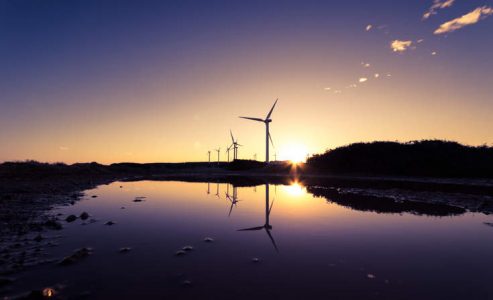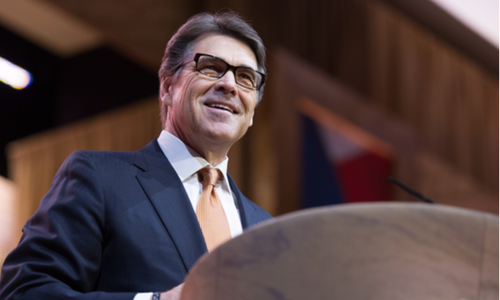Energy

Ken Makovsky
Monday, March 28, 2016In August 2015, President Barack Obama and the U.S. Environmental Protection Agency (EPA) launched the Clean Power Plan (CPP) – a complex and ambitious strategy to help states curb greenhouse gas emissions from power plants to combat climate change.
Power plants are the largest source of carbon emissions, and the CPP requires states to cut pollution from the power sector by 32 percent by 2030. Beyond addressing climate change, the rule would improve public health and spur new investments in clean energy. The EPA estimated a net benefit of $26-45 billion, and for every dollar invested through the CPP, American families would see up to $4 in health benefits. A patchwork approach is rarely ideal, and the CPP provided “national consistency, accountability and a level playing field while reflecting each state’s energy mix.”
However, on February 9, the U.S. Supreme Court threw a one-paragraph monkey wrench into the whole endeavor when it voted 5-4 to “stay” the implementation of the CPP. The court’s decision puts on the brakes until the U.S. Court of Appeals for the District of Columbia decides whether the EPA has the authority to implement the CPP.
States have responded across the spectrum, largely reflective of their local political landscape. Some have called for a reassessment or halting work entirely while others are moving forward with plans to cut carbon pollution. The latter group understands the benefits of clean energy and recognizes the need to not lose momentum since these cuts are expected to be required in some way or fashion in the future.
Conventional wisdom dictates that the CPP will be upheld, especially when you consider that the Supreme Court already ruled in 2007 that the EPA is required by the Clean Air Act to regulate greenhouse gas emissions from major sources. Regardless, states and localities are still free to wield their authority to implement clean energy plans. Indeed, the seventeen supportive states have pledged to support litigation to uphold the CPP and continue work towards compliance.
One interesting twist in the story revolves around the Paris climate accord. The CPP is a central part of America’s commitment, and without it, there are concerns over whether clean energy can scale fast enough to meet the targets. It would also send mixed signals around the globe regarding America’s commitment to lead efforts to address climate change.
While the Supreme Court’s stay plunges the entire CPP endeavor into uncertainty, it’s easy to argue the clean energy train has already left the station. If the CPP were enacted, renewable energy and natural gas companies would certainly experience accelerated growth, but many clean energy advocates consider the Supreme Court’s decision a bit of a “nonevent” because the path towards a clean energy future has already been set.
Sara Hayes, senior manager and researcher for the American Council for an Energy-Efficiency Economy (ACEEE) stated that “a whole bunch of states have come out and said this changes nothing for them. There is a train of thought out there, and it makes a lot of sense: ‘We were moving this way anyway’ … It might look different, it might be in a different form, but regulation of greenhouse gas from the power sector is coming.”
What’s next? A D.C. federal appeals court is reviewing the CPP, and oral arguments are expected to start on June 2 with a ruling expected by the end of the year. The losing side will have the opportunity to seek review by the Supreme Court, who can then either refuse to hear the case or rule on the merits.











